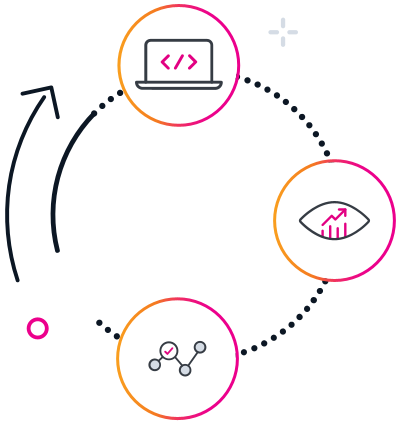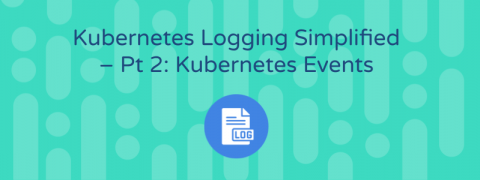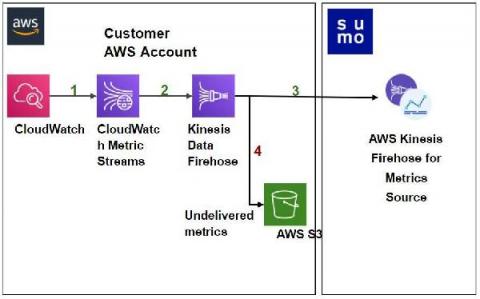Interview With Cyber Security Author Scott Steinburg
For our first specialist interview on the Logit.io blog, we’ve welcomed Scott Steinburg to share his thoughts on the current state of cybersecurity as well as the reasons behind writing his new book Cybersecurity: The Expert Guide. Scott is the creator of the popular Business Expert’s Guidebook series, host of video show Business Expert: Small Business Hints, Tips and Advice and CEO of high-tech consulting firm TechSavvy Global.











